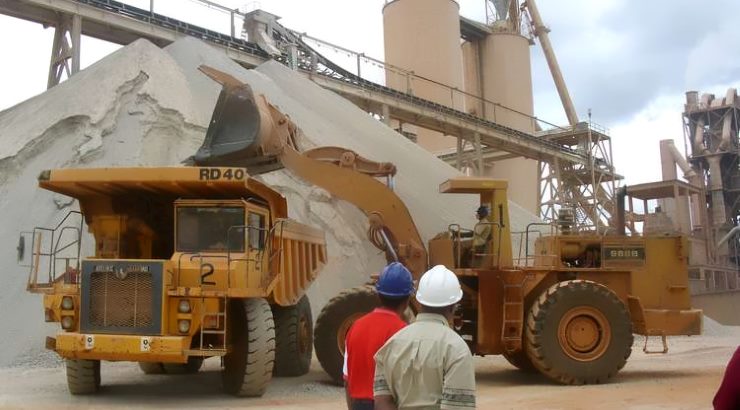Materials & Supplies
Cement Sales Hit 20-Year Low as Fakes Flood Market
Cement sales fell by 7.4% to 8.47 million tonnes in 2024.

Kenya’s cement sales took a major hit last year, falling by 7.4% to 8.47 million tonnes, according to a new report from the Kenya National Bureau of Statistics (KNBS).
This was the biggest drop in more than 20 years and came as the construction industry continued to slow down. The decline marked the second consecutive year of falling demand. In the third quarter alone, the sector contracted by 2.9%, following a 2% fall in the second quarter — a slump last seen in 2002.
The drop happened at the same time as worries about higher cement prices, difficulty getting loans, and less government spending on construction projects.
According to the KNBS report, “The contraction was reflected in trends in key industry indicators. For instance, cement consumption declined by 10% to stand at 2,196.7 thousand tonnes in the third quarter of 2024.”
Cement plays a crucial role in major infrastructure projects such as roads, bridges, and buildings, which makes this drop a big worry for the economy.
Although the decline in cement sales corresponds with the contraction of the construction sector, industry players suggest the drop may also be attributed to the growing presence of counterfeit cement in the market, which is often sold in legitimate manufacturers’ bags.
Fake products distort sales numbers because they do not go through formal distribution channels.
A 2022 study from the Kenya Bureau of Standards (KEBS) found that 60% of cement samples did not pass quality checks. 38.1% met the standards to handle the pressure needed for strong buildings.
Although KEBS said things had improved by December 2023 — with 63.4% of cement samples passing quality tests — industry insiders warn that this still falls short of reassuring the market.
RELATED: Headache for Kenyan Builders as Fakes Flood Market
John Wanyoike, a mason and property developer in Nairobi, is one of those who remain sceptical of the progress.
“The problem is worsening. You’ll be lucky to buy a genuine product from your local hardware or even from dealers,” he says.
For Wanyoike, counterfeit cement is not just an inconvenience but a serious threat to his livelihood. “The construction firms I work with often have to spend large sums on renovations to avoid losing clients, mostly due to poor-quality cement and materials.”
In recent years, counterfeit cement has become a pervasive problem, especially in urban areas like Nairobi, sending shockwaves through the construction sector.
Many are wondering how such a large proportion of cement could fail to meet the required compressive strength—the standard that ensures it can withstand pressure.














